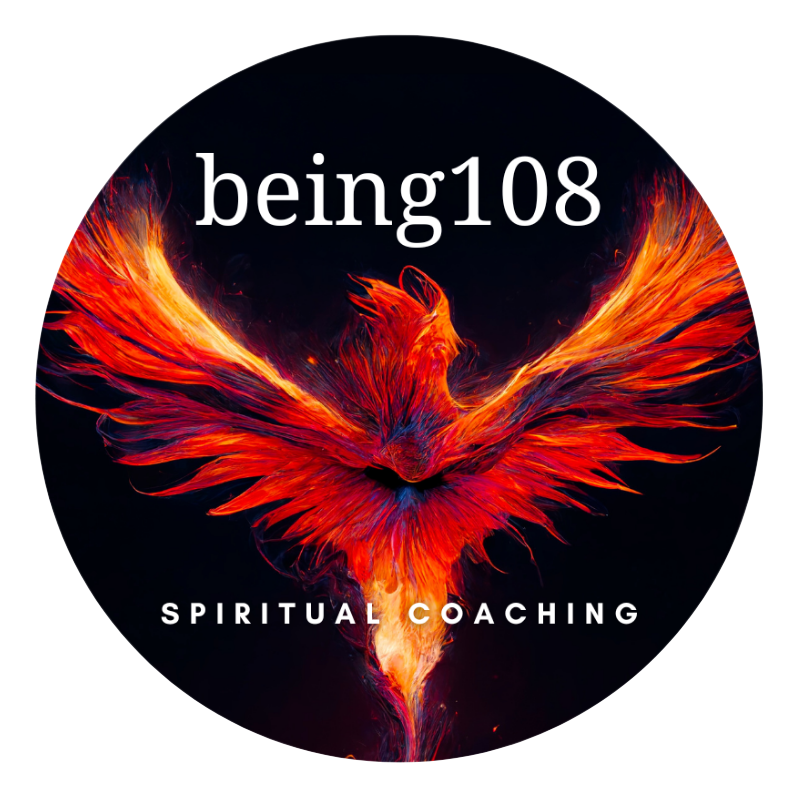Letting go is one of the hardest skills to learn because it can feel as if you are surrendering — and surrendering can feel like losing control. But real letting go isn’t about giving up; it’s about releasing what you can’t force, fix, or hold onto.
It’s the point where you stop resisting reality and start working with it.
What Letting Go Actually Means
It is not about disappearing, shutting down, or caring less. Instead, it’s a shift in how you relate to what’s happening. It means:
- releasing the illusion of control
- accepting what’s not yours to carry
- allowing life to move instead of gripping tightly
- choosing peace over struggle
- trusting your deeper wisdom
Letting go isn’t about doing nothing. It’s an act of courage that requires honesty, presence, and a willingness to see reality as it is rather than as you hoped it would be.
Why Letting Go Feels So Hard
Of course, letting go can feel threatening because clinging to the known feels familiar — even when it hurts. It may feel like failure, but it isn’t; it’s relief, and holding on only creates tension. Most of us were taught that:
- working harder fixes everything
- control equals safety
- your worth depends on outcomes
- acceptance means weakness
Accepting things as they are doesn’t weaken you; it simply frees up the energy you were using to resist what is already true.
The Psychology of Letting Go
Psychologically, letting go happens when you finally stop fighting what is. It isn’t just an idea — it’s something you feel. Your body relaxes, and your mind eases:
- your nervous system stops fighting
- you stop arguing with reality
- you stop trying to change people who don’t want to change
- you stop hoping the past will be different
The Spiritual Side of Letting Go
Spiritually, letting go recognises that life moves in cycles: beginnings, endings, uncertainty, growth. When you hold on too tightly, you interrupt the natural flow of things.
You don’t have to abandon your hopes or values, or stop caring. Instead, you create space for what’s really meant for you — even before you can see it. You release what isn’t yours: the weight of outcomes, the responsibility for someone else’s choices, and the burden of old stories.
It opens the next chapter even before you can see the whole story.
How to Practise Letting Go
Name What You’re Holding Onto
A person?
A story?
An expectation?
A fear?
Naming it gives you power over it. You can’t release what you haven’t identified.
Ask Yourself: “Is This Actually Mine To Hold?”
Most of what drains us isn’t ours:
- other people’s emotions
- outcomes we can’t control
- hopes for who someone might become
- pressure to be everything for everyone
If it’s not yours, it’s not yours. Recognising this will allow you to let it go.
Accept the Reality You’ve Been Avoiding
Accepting reality isn’t approval — it’s simply recognising it as it currently is. It acknowledges what’s already true, and this frees the energy your resistance was draining, helping bring things into focus.
Seeing reality clearly gives you direction, while resisting it keeps you stuck.
For practical tips on accepting life’s ups and downs, see Embracing Change: Simple Ways to Accept Life’s Ups and Downs.
Shift From Forcing to Allowing
Forcing comes from fear while allowing comes from trust.
Trusting means you no longer need to push against what won’t move. Peace begins here — not by giving up, but by trusting and allowing reality to unfold.
Move Forward Even If You’re Not Fully Ready
Letting go becomes real when you take even the smallest step forward — make a decision, take an action, have a conversation, set a boundary, etc.
You don’t need full confidence to take a step; willingness is enough. Even a small action can create a shift that mental effort alone never could.
Remember: Letting go is about choosing yourself — choosing peace over pressure, truth over illusion, and growth over fear.
If you’d like support with navigating change, releasing old patterns, or finding more ease in your day-to-day life, you can reach out via the Contact page.
Slán go fóill … 👋

